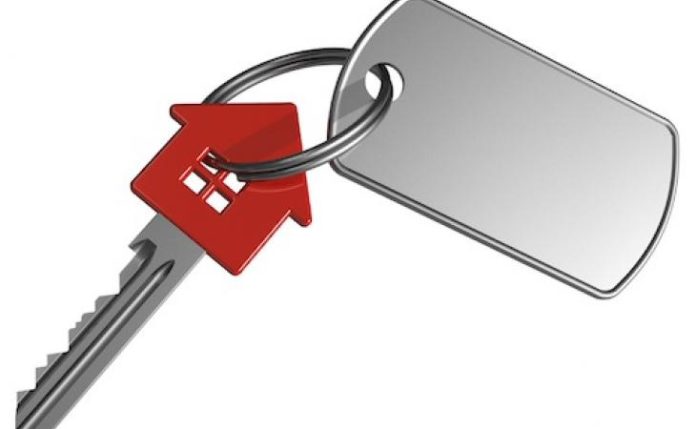
The Department of Natural Resources and the China Banking and Insurance Regulatory Commission (CBIRC) made considerable efforts to promote the business model of “property conveyance with the encumbrance of a mortgage,” but the results were unsatisfactory.
The complexity of the legal nature of this mode may be one of the major obstacles.
Here is Fnlegor’s explanation of the legal aspects to provide some clarification.
- Conveyance with Mortgage is a new concept in the Civil Code.
In the past, property burdened with a mortgage could not be transferred until the credit had been fully satisfied and the mortgage released.
The Civil Code completely changes the basic logic by allowing the transfer of property with an active mortgage. Article 406 means that the creditor may continue to hold a security interest over the property even after the ownership has changed. From the creditor’s perspective, the debtor remains the same, the collateral remains the same, and the only difference is the security provider, who is now the new owner of the property.
In other words, the buyer of the property takes the risk of the mortgaged property being disposed of by the secured creditor.
- 3 Ways to effectuate the conveyance of property with a mortgage.
The governmental bodies point out three methods to resolve this issue in their joint notice. The main issues for each method are how to establish the secondary mortgage and whether the original debtor should be changed. The following is an elaboration of each method.
- Mode of mortgages co-existing on the seller’s side.
The process involves the seller, who has mortgaged their property in favor of their bank, purporting to sell it and setting a mortgage for the buyer’s credit bank as the secondary mortgagee to help the buyer obtain a loan over their future ownership.
The issue is that the buyer’s bank may only grant credit based on the collateral’s surplus value since their mortgage is secondary at the time of attachment. Although the prior bank’s mortgage may terminate upon full satisfaction, there is still a chance for business to go awry, such as the sales contract being canceled or the buyer becoming unable to perform further, which may expose the advanced line without full security.
The two mortgages by the seller differ legally, with the seller’s bank having a claim on the debtor’s own property, while the buyer’s bank has a claim on a third party’s property (the seller is the third party in relation to the buyer’s loan with their bank). Due to this difference, the buyer’s bank, which may not be familiar with the seller’s indebtedness, may be affected by potential claims on the property by the seller’s other creditors.
- Mode of mortgages co-existing on the buyer’s side.
This mode varies in the sequence of transferring the title before setting the secondary mortgage for the buyer’s bank. This time, since the title has changed, the buyer becomes the mortgager for their bank, while the seller becomes a third-party security provider rather than having a claim on their own property (the seller is still the debtor, but not the property owner).
The risk for the buyer’s bank is reduced, while the risk for the seller’s bank is somewhat increased. Despite the seller’s bank’s mortgage remaining on the property and its priority remaining unchanged, the property owner has changed to a familiar one who, if overindebted, may have a negative influence on the bank.
- Mode of debt assignment
Debt assignment differentiates from credit assignment in that the former requires consent from the creditor, while the latter does not. Additionally, the subordinate security may not be transferred accordingly due to the change of debtor, which increases the risk for the security provider.
Both mortgages are on the buyer’s side, as shown in Mode 2. However, as a result of debt assignment, the debtor of the seller’s bank changes to be the buyer.




















